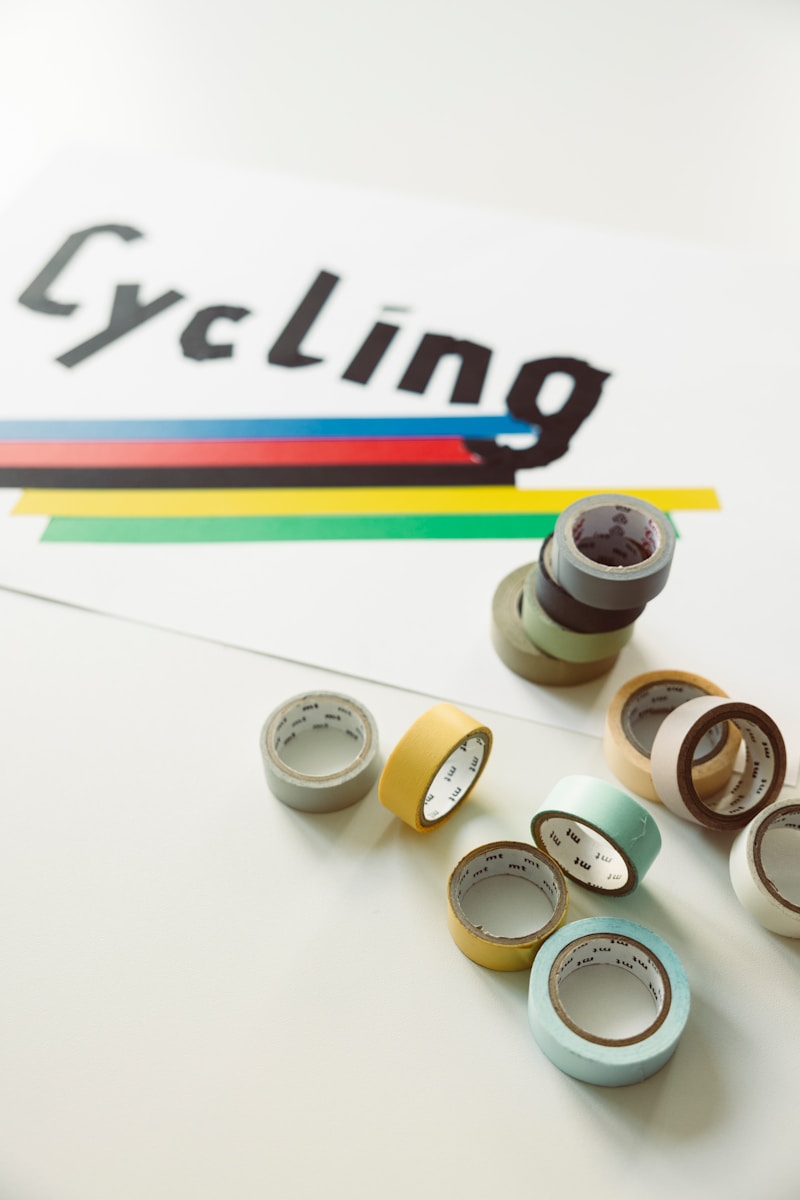Chemistry
-

Harnessing energy with artificial photosynthesis
Photosynthesis is a fundamental biochemical process by which green plants, algae, and certain bacteria convert solar energy into chemical energy. Through this process, light energy is harnessed to synthesize glucose (C₆H₁₂O₆) and oxygen (O₂) from carbon dioxide (CO₂) and water (H₂O). The overall reaction can be expressed as follows: $$6CO_2+6H_2O+light energy→C_6H_12O_6+6O_2$$ Central to this process…
-

Techniques to make transparent wood
By
Transparent wood represents a major breakthrough in materials science, blending the inherent qualities of wood with improved optical transparency. This is accomplished by removing lignin-the component responsible for light scattering-through specialized processing techniques. Glycerol infiltration One effective technique for producing transparent wood involves the infiltration of glycerol into wood specimens. In a notable study, poplar…
-

Principles and application of smart materials
By
Smart materials embody a convergence of material science and technology, leading to innovations that were previously unimaginable. For instance, shape-memory alloys (SMAs) and piezoelectric materials are quintessential examples of responsive materials that can convert one form of energy into another, providing unique functionalities. SMAs, such as Nickel-Titanium (Nitinol), exhibit the extraordinary capability to revert to…
-

Science of engineering tapes
By
When one thinks about tapes, one might imagine a simple roll of something sticky. But dive into the aisles of a hardware store, and you’ll find a world of tapes with unique powers—some strong enough to fix a broken car bumper, others designed to hold up in the rain, and some even with colours and…
-

Alkali Silica Reaction in concrete
By
The phenomenon of aggregates reacting with the alkali component of cement is called alkali aggregate reaction (AAR). The predominant form of alkali aggregate reaction is alkali-silica reaction (ASR) in which the silica content of aggregate reacts with sodium and potassium hydroxide of concrete. Other forms of AAR are alkali-carbonate reaction and alkali-silicate reaction. In China…
-

Dual effect of silica fume in concrete
By
While silica can cause deterioration through ASR, when used properly, it significantly enhances concrete's durability and strength
-

Simplified chemistry of pottery
Pottery vessels have been crafted for about 18,000 years, but what transforms raw clay into a colourful pot? And what chemistry lies behind the process?
-

The dilemma of butter and margarine
Butter and margarine, both solidified emulsions of fats in water, may seem similar at first glance, but their production processes and historical trajectories are significantly more complex. Butter is derived from milk, while margarine is produced from vegetable oil. The science underlying these two spreads, however, extends beyond simple production methods. The chemistry of butter…